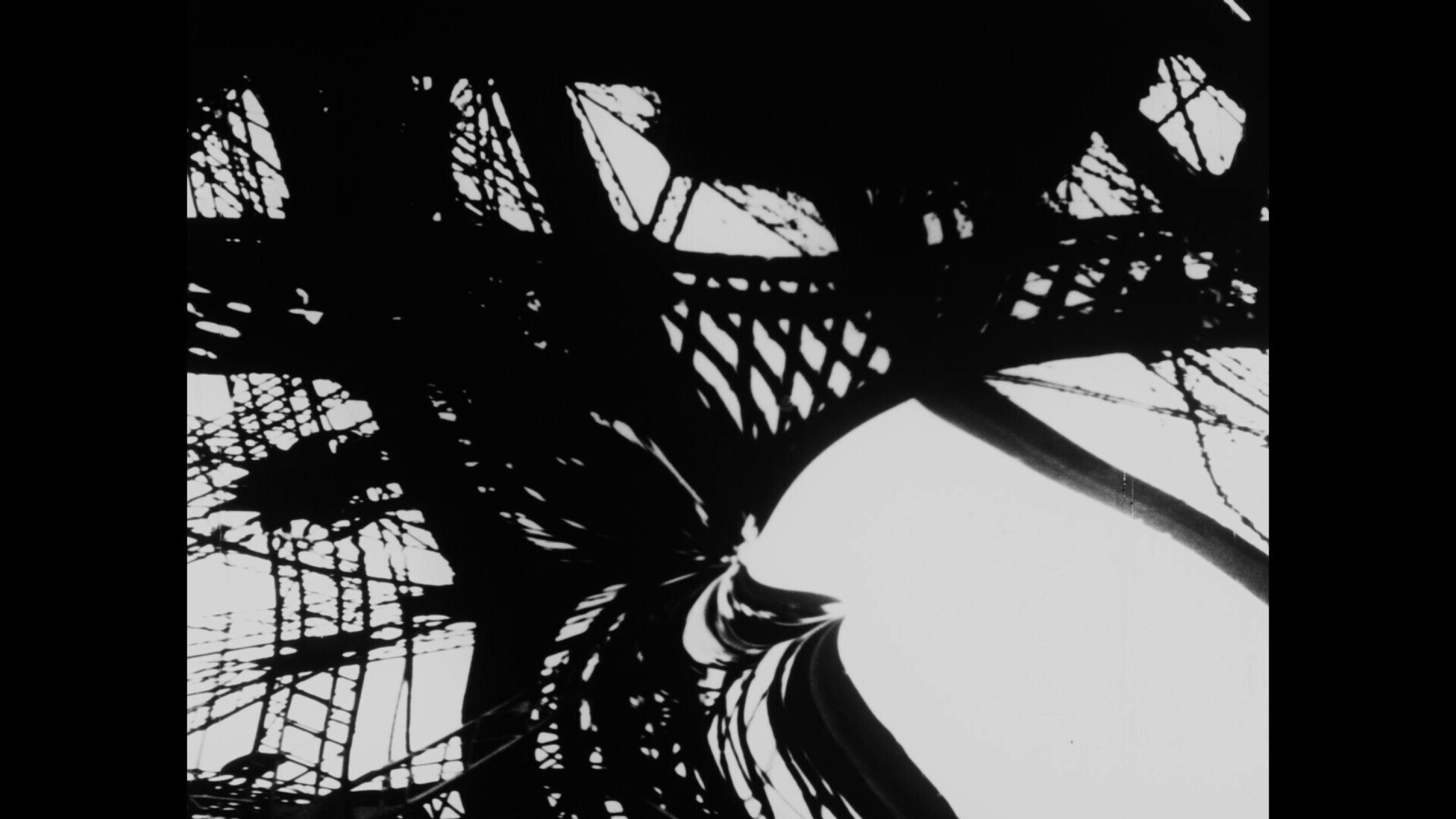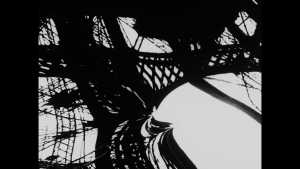Bury enrolled at the age of sixteen at the Académie des Beaux-Arts in Mons, where he was impressed by Surrealism, in particular the work of René Magritte and Yves Tanguy. After the Second World War, he briefly joined the CoBrA group. After encountering the work of Alexander Calder, he began making kinetic art, in which the artwork is energised by movement.
In Bury’s early Plan Mobiles, the parts can be moved by hand, but he later introduced magnets and motors. His experiments with film in the early 1970s also stemmed from the fascination with movement. Bury is known for his kinetic fountains, examples of which can be found in Antwerp, Brussels, Paris, New York and on several American university campuses.

Pol Bury
Haine-Saint-Pierre 1922 - Parijs 2005



